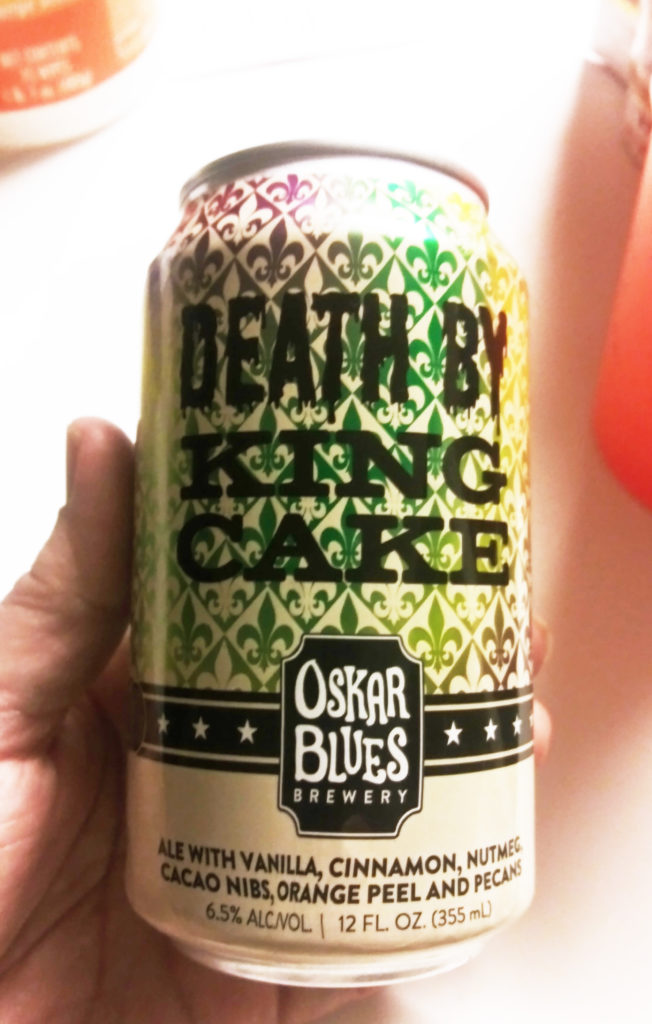Hoppy, Malty, or Just Confused?

By Kathy Knotts, managing editor
If you attempted a Dry January and were even partially successful, kudos to you. It’s now time to batten down the hatches. It’s now FeBREWary.
I can only recall two types of beer being in my parent’s fridge when I was young: Pabst Blue Ribbon and Miller High Life. There’s a vivid early memory of my father offering me a sip of his “juice” and it turned out to be beer. I was not a fan at the time.
As a college student in the 90s, the only beer options besides Budweiser and Miller were Sam Adams and in some more progressive college towns, perhaps a Sierra Nevada. I was pretty lucky that Abita Springs existed at the time, one of the oldest craft breweries in the Southeast. Turbo Dog was something special. But we didn’t drink beer for the hops or the malt, I assure you. We preferred whatever came in a pitcher for under $1 and was cold and foamy. True craft beer was just a twinkle in the eye of its creators then.
I can remember being blown away by a few stellar drinking establishments that boasted of having over 100 beers on tap. The kind of places where you earn your own stein or got your name on a barstool if you drank a certain number of them. CBM publisher John Stefancik tells me that his first awareness of craft beer was thanks to Rams Head’s World Beer Club which challenged drinkers to drink their way around the world, sampling 100 drafts to gain membership into a club with perks like a plaque and cheap beer for life. (Did you finish the challenge, John?)
I guess it was sometime in the early 2000s that beer got fancy and complicated? Now brews come in multiple varieties, flavors, styles, crowlers, growlers, casks, kegs. Pilsner, lager, cask-conditioned, bock, sour, gose…and I’m so confused. There are now websites, magazines, apps and social media accounts dedicated to the world of craft beer.
What was once a bit of an oddball hobby—homebrewing—could now become a legitimate business venture with the right idea. In 2020, there were a total of 8,764 craft breweries in the United States, based on the latest data of the Brewers Association. Unfortunately, a lot of those end up becoming part of “Big Beer” and are now owned by Anheuser-Busch’s InBev, which owns 42 percent of all beer consumed in America. (To learn more, there’s a great Guardian article from Oct. 21 that explores the American craft brew landscape.)
This week we bring you our own look at the brewing industry in Chesapeake Country in a feature story by writers Keri Luise and Molly Weeks Crumbley. They report that brewing is alive and well in our counties and thanks to a leg-up from the Brewers Association of Maryland, they are due to release all sorts of new brews this month. I’m especially keen to get my hands on the Mallow Out Coffee Stout from Pherm Brewing which combines Rise Up Coffee with beer. I may not understand all the lingo, but I know what I like at least.
We are always encouraging you to shop local and eat local. Now we want you to drink local, too. And if beer is not your cup of, er, tea. Hang in there: March is Maryland Wine Month.
